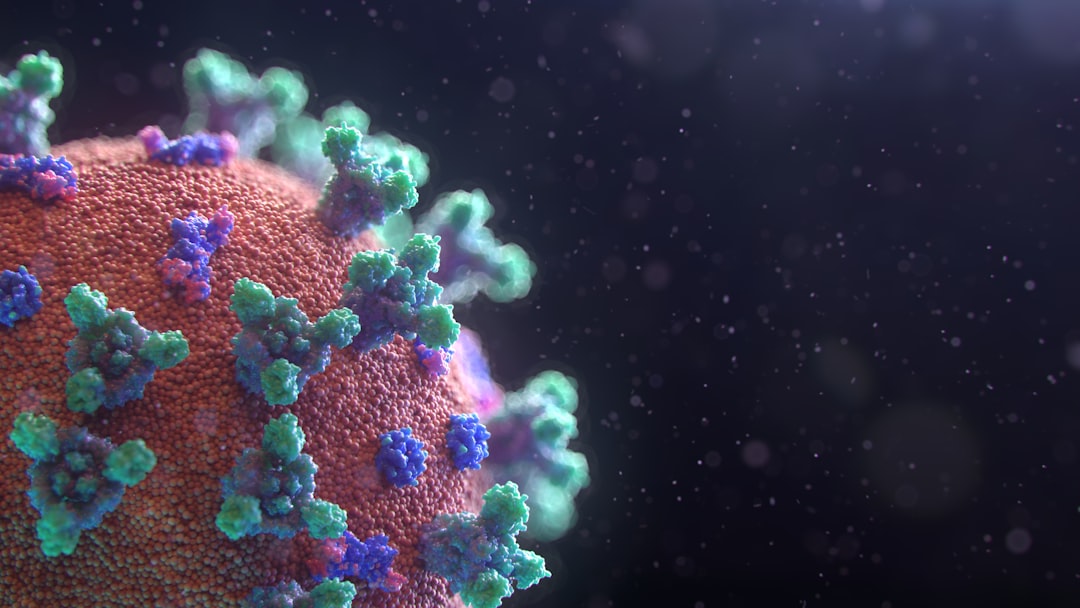What is it about?
Chloroplasts, the photosynthetic organelles inside plant cells, can actively move in two dimensions. In every leaf-cell of the water plant Elodea densa are about 60 to 100 of these organelles. Under dim light they spread out into a single layer to maximize the light absorption. This, however, means that they reach a high density and exhibit features of motion which are normally found in supercooled glass-forming liquids. If strong light hits a leaf cell, the chloroplasts change their activity and try to escape the light, for that purpose they "melt" the glass-like state and aggregate to reduce the area of light exposure to avoid photo damage. The proximity to the glass transition is therefore necessary to efficiently maximize light uptake at dim conditions, while being able to quickly respond to strong light and minimizing damage.
Featured Image

Photo by Vadim Gromov on Unsplash
Why is it important?
Chloroplast motion as a light adapting mechanism has been studied since decades, but how these organelles collectively re-arrange remained elusive. We show that phase transitions, such as solid to liquid transitions, have a major impact on the collective dynamics of these organelles and can help understanding the physiological mechanisms necessary for plants to survive. Furthermore, chloroplasts in plant cells can be a model system for the study of light-controllable dense active matter.
Read the Original
This page is a summary of: Chloroplasts in plant cells show active glassy behavior under low-light conditions, Proceedings of the National Academy of Sciences, January 2023, Proceedings of the National Academy of Sciences,
DOI: 10.1073/pnas.2216497120.
You can read the full text:
Resources
Contributors
The following have contributed to this page










